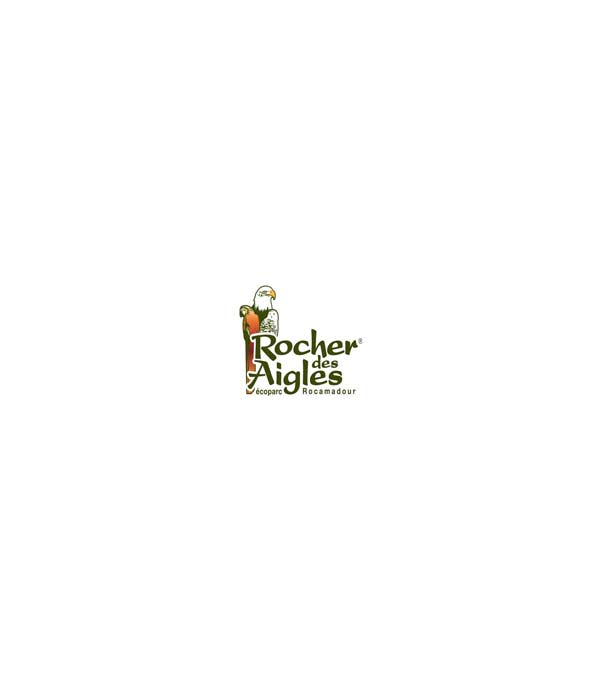Harris’s Hawk - Parabuteo unicinctus
Presentation
The Harris's Hawk, named after the American ornithologist Edward Harris, has a chocolate brown plumage with reddish-brown spots on the shoulders and thighs. The long tail is dark with a white base. The legs are yellow with black claws. The beak is powerful, with yellow base and dark tip. It adopts a very strategic social behavior during the breeding period. It practices monogamy if the area is poor in food because of the low success of the broods, if the area has abundant resources, it practices polygamy.
The management of the brood is then ensured by a very hierarchical group of 3 to 7 individuals.
Hunting is collective, the group is based on a dominant couple who will coordinate the collective action. The dominant male will be the bird responsible for the location of the prey. The members of the group will then hunt the prey and bring it back to the dominant female who is the most powerful of the group.
Characteristics
CLASS : Birds
ORDER : Accipitriformes
FAMILY : Accipitridae
WINGSPAN : 103 to 124 cm
WEIGHT : 1050g / Male: 735g
CLUTCH SIZE : 2-4 eggs
INCUBATION :
LIFE EXPECTANCY : about 8 years in the wild and 20 years in captivity
DIET : It feeds mainly on small mammals (rats and mice) but also on birds and lizards. They hunt in groups, and are capable of capturing larger prey
NATURAL HABITAT : semi-arid wooded and bushy areas. Tropical deciduous forests. It is also found in urban areas
RANGE : Southwestern United States, Mexico, South America
Conservation status
Conservation status info

LC : Least concern
Its range is wide and its large population is nevertheless declining. The destruction of its habitat would be one of the main threats to the species.
